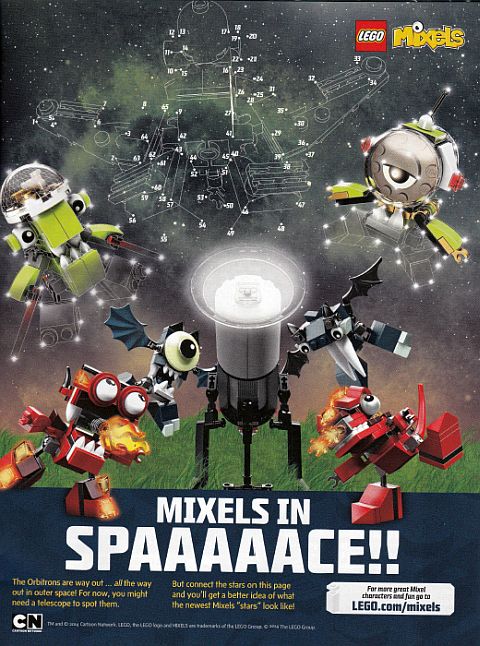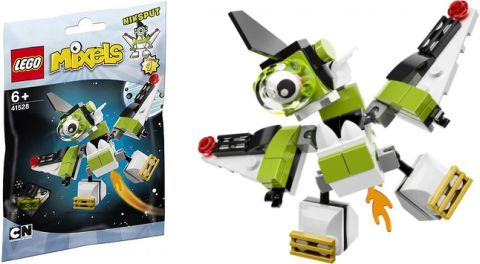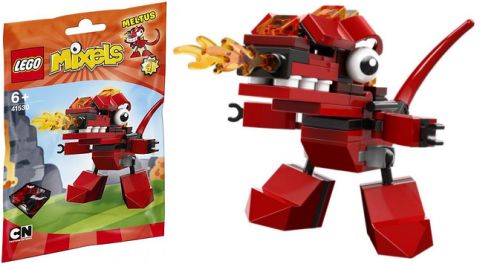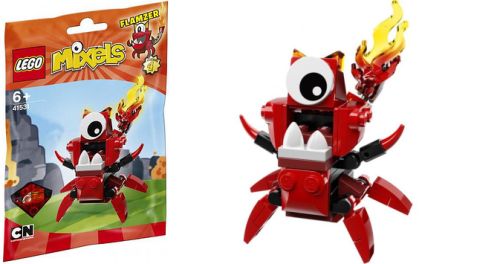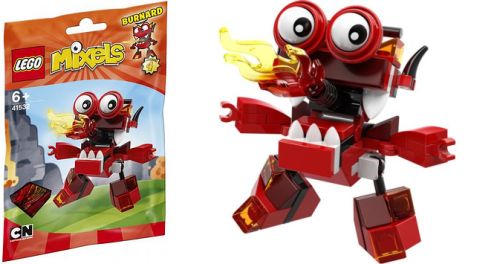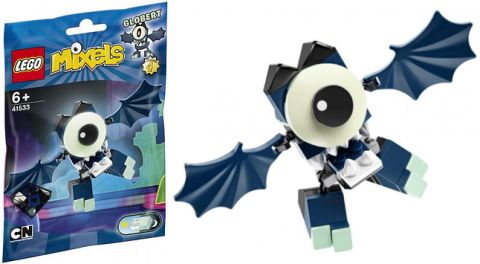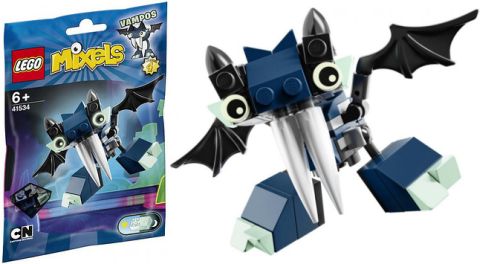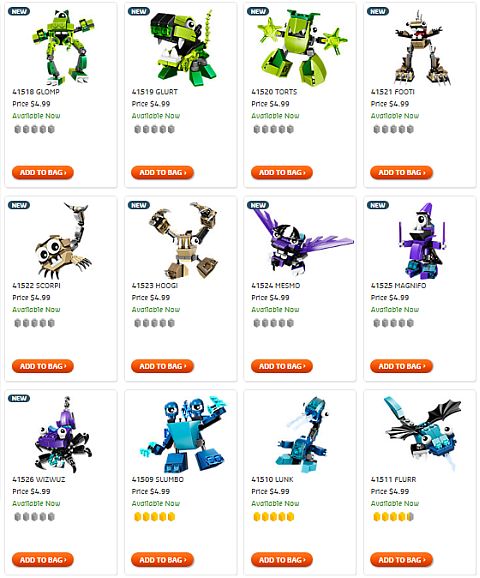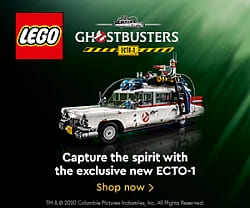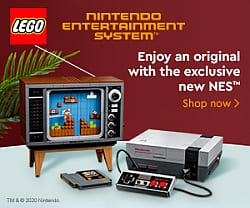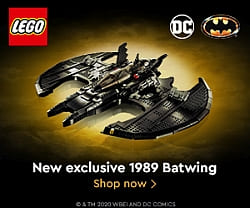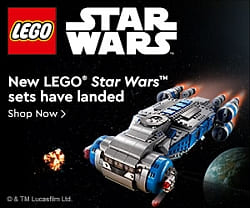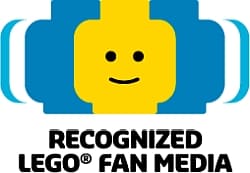Today let’s look at another awesome LEGO stop-motion video from the BrotherhoodWorkshop, and also an excellent behind-the-scenes tutorial on how some of the effect in the video were made. For budding LEGO animators these tutorials are full of invaluable information to develop their own skills. So let’s watch the video first, then learn from the techniques! 🙂
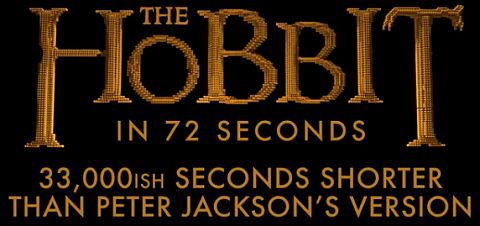
This LEGO stop-motion video is titled “The Hobbit in 72 seconds” with the sub-title “33,000-ish Seconds Shorter Than Peter Jackson’s Version” – Which is in response to people who complain that The Hobbit movies are too long and stretched out. Many of the BrotherhoodWorkshop’s videos cover funny and witty interpretation from scenes from The Lord of the Rings and The Hobbit movies, and this one is no exception.
So that’s The Hobbit for you in not even a minute and half, but you can see that there is a lot going on in these LEGO stop-motion scenes. In the video below Kevin will share how the extensive scenes were done as a green-screen composite with tremendous amount of work and patience.
So what do you think? How did you like the LEGO The Hobbit video? Are you planning to see the last movie coming to theatres soon? Feel free to share your thoughts in the comment section below! And you can also browse the current selection of LEGO The Hobbit sets at the Online LEGO Shop.
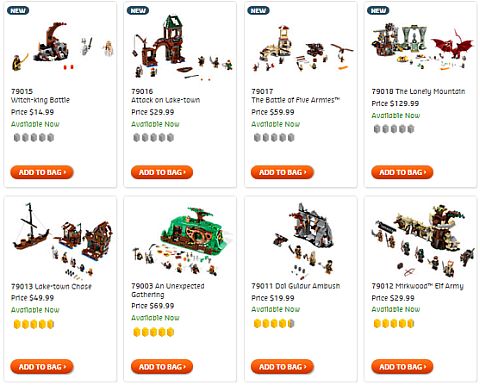
Also, if you would like to learn more about LEGO stop-motion, I highly recommend checking out the other videos from the BrotherhoodWorkshop listed below, or you can also visit their YouTube Channel directly for more.
- LEGO Batman is Jelly – Funny Video
- LEGO Harry Potter: Umbridge’s First Date – (film & tutorial)
- LEGO Guardians of the Galaxy – Fun Video – (film & tutorial)
- LEGO Harry Potter: How to Kill a Dementor – (film & tutorial)
- LEGO Lord of the Rings: Walk Into Mordor – (film & tutorial)
- LEGO The Hobbit: The Aggravation of Smaug – (film & tutorial)
- How The LEGO Movie Should Have Ended…
- LEGO The Hobbit – Dwarven Dreams…
- LEGO Video: Non-Stop Movie Trailer – (film & tutorial)
- LEGO The Hobbit Middle-Earth Motors
- LEGO Video: Legolas Gets Friendzoned…
- LEGO The Hobbit: The Desolation of Smaug
- LEGO Lord of the Rings Cavetroll vs. Goblin King
- LEGO Lord of the Rings: An Elvish Valentine
- Legless LEGO Legolas – Funny LEGO Video
- LEGO Christmas the Orcs Way…
- LEGO Lord of the Rings Epic Battle Video
- LEGO Lord of the Rings – The Orcs Story
- LEGO Lord of the Rings – Cranky Cave Troll
- A LEGO Halloween Prank by the Hobbits…
- LEGO Video: Veldemort Goes Wand Shopping
- LEGO Video Tutorial: How to Make Things Fly – (tutorial)
- LEGO Brickfilms Behind-the-Scenes Tips & Tricks – (tutorial)
- More LEGO Brickfilms Behind-the-Scenes – (tutorial)


